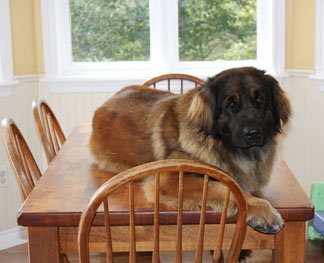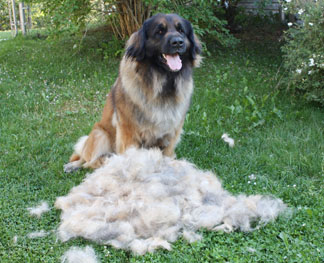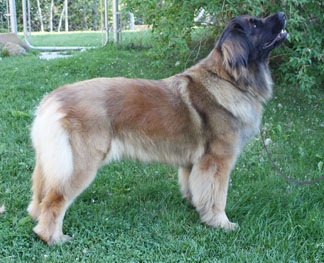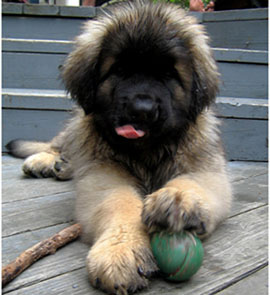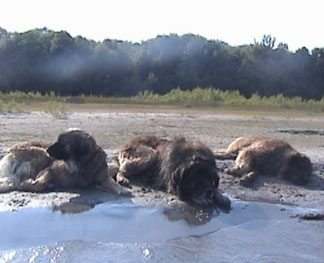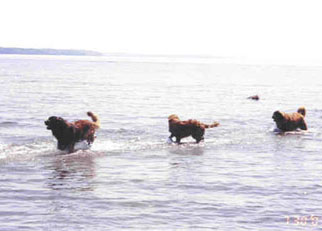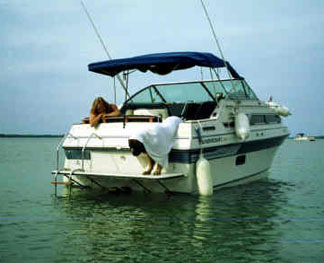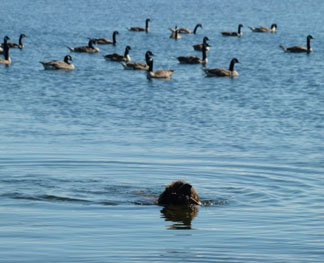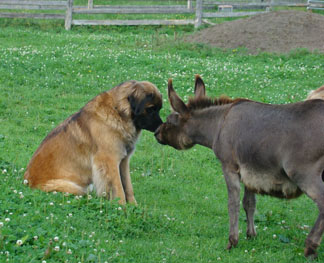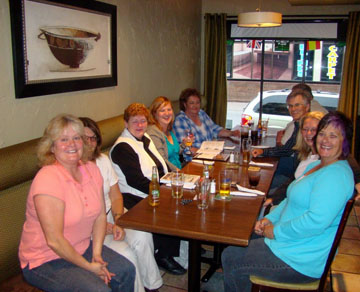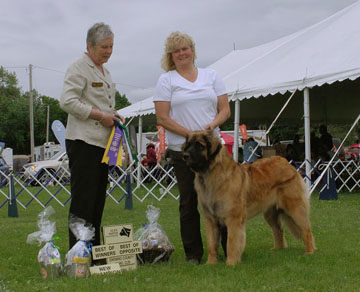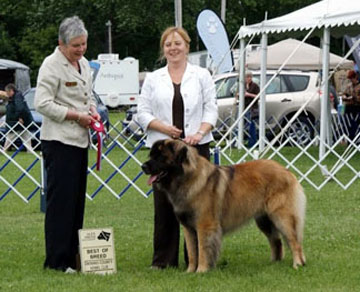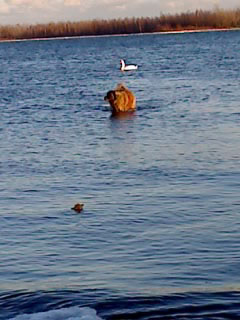By Fran
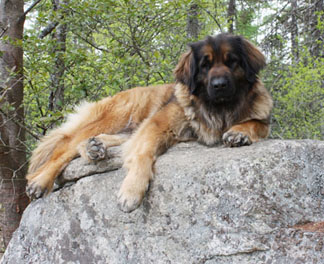 Well like many Leos Stella LOVES to climb up on things. She loves to get to the highest spot so that she can oversee what is happening around her! She will do this outside in the yard where she climbs up on a huge rock that overlooks the yard. She loves to hang out up there! The younger dogs will run around and she will perch herself up on the rock to keep an eye on them to make sure they don’t get themselves into any trouble!
Well like many Leos Stella LOVES to climb up on things. She loves to get to the highest spot so that she can oversee what is happening around her! She will do this outside in the yard where she climbs up on a huge rock that overlooks the yard. She loves to hang out up there! The younger dogs will run around and she will perch herself up on the rock to keep an eye on them to make sure they don’t get themselves into any trouble!
But really, Stella’s most favorite sleeping spot is up on our kitchen table! She loves to climb up there to oversee what is going on! Yes I know the kitchen table is no place for a dog to sleep – but she really does love it! Leos are funny dogs and they truly like to do what they like to do!
Funny thing, I have heard of other Leos too that venture up on the kitchen table, some to look for scraps of food, some to just see what is up there, and some, like Stella, who what to take a little nap up high off the floor where they have the best view in the house! Give her a doggie bed on the floor and she walks away! Now the couch is another option too! Leos love to be Leos and they are great at being just that!
